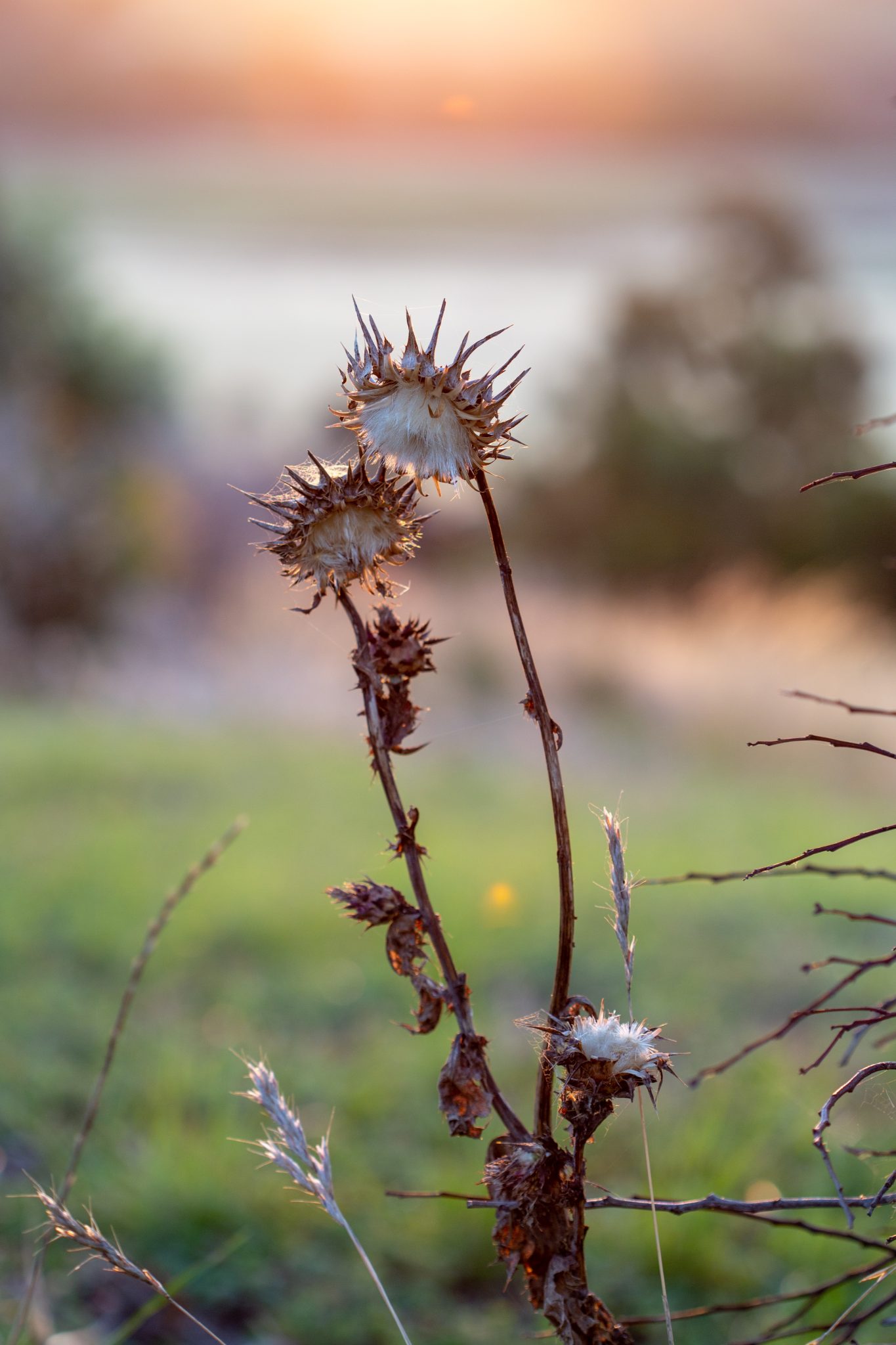259
I was looking on Facebook the other day and came across a question from a plant group I am a part of. The question was “how do I control sticker burr weed?”. To my surprise many of the responses were to fertilize. This statement has some truth bu
Be careful what you read
previous post



